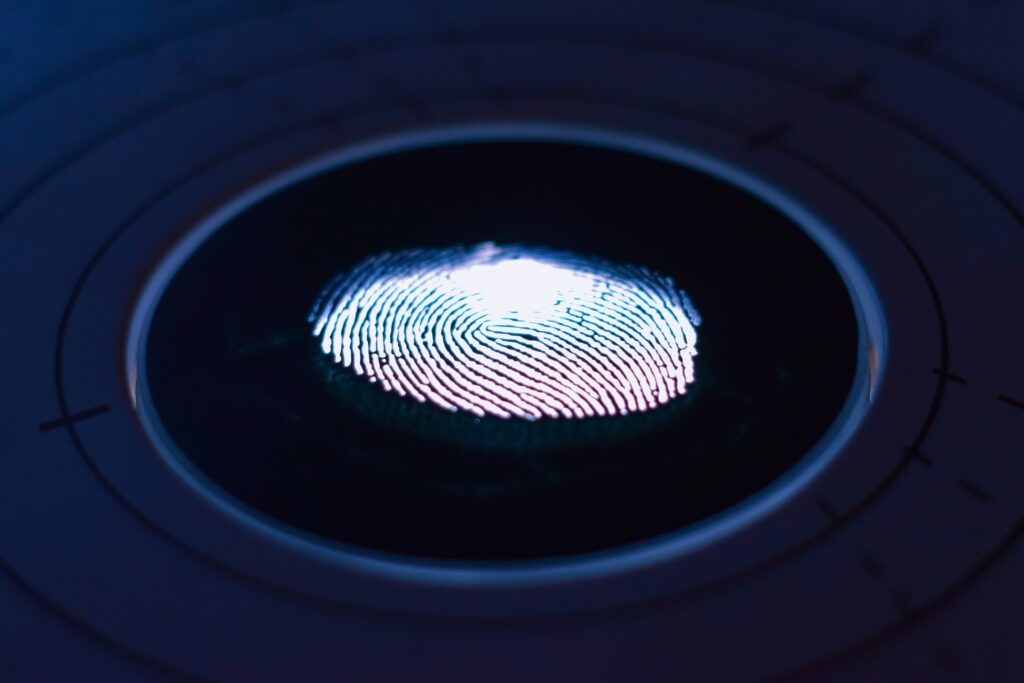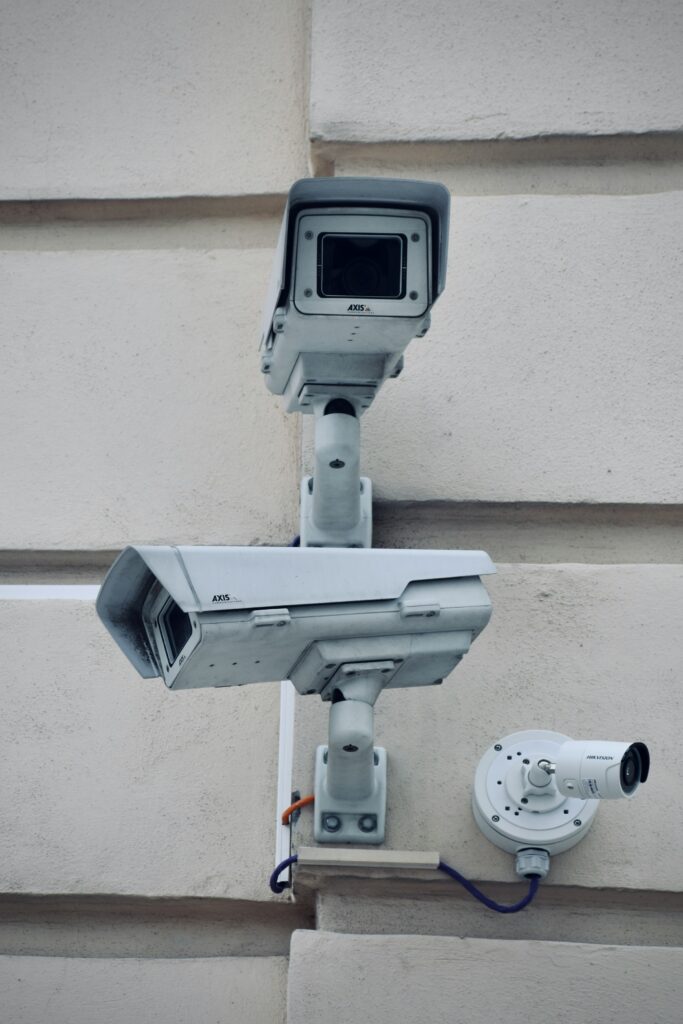In the digital era, the Ethics in dealing with biometric data increasingly important. Companies are confronted with the challenge, personal data protection rights and use innovative technologies at the same time. The Biometric authentication promises increased safety, but also raises ethical questions.
According to current statistics, the demand for demonstrable ethics in companies is constantly increasing. At the same time, the number of data-related positions at C-suite level is exploding. This shows how important it is to deal responsibly with biometric data has become.
Five key challenges characterize ethical data management. These include the difficulties of codifying and defining data protection and ensuring data integrity. Companies must also ensure the protection of third-party data and weigh up the risks involved in data enrichment.
To meet these challenges, many companies are turning to data protection impact assessments and privacy by design approaches. The continuous pressure on companies to handle data ethically is also reflected in the growing importance of ESG initiatives.
Key findings
- Increasing demand for ethical handling of biometric data
- Increase in data-related C-suite positions
- Five main challenges in ethical data management
- Importance of data protection impact assessments
- Growing role of ESG initiatives in data protection
Introduction to biometric feedback systems
Biometric feedback systems are revolutionizing the way we interact with technology. These systems use unique physical characteristics to identify and authenticate people.
Definition and mode of operation
Biometric authentication is based on the analysis of individual body features. Fingerprints, facial features or iris patterns are converted into digital data. This data enables precise identification of individuals.
Areas of application in everyday life and industry
Biometric systems are used in a wide range of applications. In everyday life, we encounter them in smartphone unlocking or time recording at the workplace. In industry, they are used for access control in sensitive areas. They are also becoming increasingly important in the healthcare and retail sectors.
Advantages and potential risks
Biometric systems offer increased security and efficiency. They make passwords superfluous and speed up authentication processes. However, they also raise questions about digital privacy. The Security of biometric systems must be constantly improved to prevent data misuse. A balanced approach to this technology is crucial for its future.
- Advantages: Increased safety, increased efficiency
- Risks: Data protection concerns, possible misuse
Ethics in dealing with biometric data
The use of biometric data raises important ethical questions. Data protection for biometric data is the focus here. One example illustrates the importance of this: at Luxembourg Airport, ten automated border control gates reduced the check-in time to less than 14 seconds in 2018. This illustrates the efficiency, but also raises questions about the handling of sensitive data.
The Consent for biometric data is a key issue. Users must be informed about the use of their data and be able to give their consent. The planned passport standard system for 2025 is examining the use of facial recognition and evaluating ethical aspects. This clearly shows the ethical challenges of biometric data.
Inclusivity plays a major role. Companies are working to minimize ethnic bias in algorithms. The EU project D4Fly with 19 partners is researching improved border controls using 3D face and iris recognition. This shows: The balance between efficiency and ethical handling of biometric data requires constant attention and adaptation.
"Collaboration between government, industry and the public is crucial to address ethical issues and maximize the effectiveness of new biometric technologies."
Data protection concerns with biometric technologies
The increasing use of biometric technologies raises important questions about digital privacy. While fingerprints, facial recognition and iris scans offer improved security, they also pose new challenges for the protection of privacy. Data protection for biometric data represent.
Development of the privacy issue
Biometric data is considered particularly sensitive and requires special protection. The Risk assessment of biometric systems shows that their processing harbors considerable risks for individuals. False negative results, bias and discrimination are possible consequences.
Current challenges for data protection
The European AI Regulation sets out strict rules for real-time biometric surveillance. Facial recognition technologies for emotion recognition or character analysis are being criticized by data protectionists. viewed critically. Companies must carry out a data protection impact assessment before using biometric procedures.
Consequences of data breaches
Data breaches involving biometric data can have serious consequences. Unlike passwords, biometric features cannot be changed. Protection includes encryption, access controls and tokenization. Multifactor authentication, which combines biometric verification with other methods, increases security in sensitive areas such as banks or public authorities.
Biometric data is unique and irrevocable. Protecting it is crucial for safeguarding privacy in the digital age.
Legal framework and regulations
The Regulation of biometric technologies is at the center of current data protection debates. The General Data Protection Regulation (GDPR) plays a key role here. It classifies biometric data as particularly sensitive and requires explicit consent for its processing.
Under certain circumstances, companies must appoint data protection officers. This is intended to ensure compliance with the regulations and strengthen personal data protection rights.

The GDPR is a global role model. Many countries are following its example when introducing similar laws. The aim is to protect the rights of individuals and promote the responsible handling of data.
| Aspect | Requirement according to GDPR |
|---|---|
| Consent | Explicitly and voluntarily |
| Data storage | Earmarked and limited in time |
| Data access | For authorized persons only |
| Privacy Impact Assessment | Mandatory for high risk |
Particularly strict regulations apply in the medical sector. Patient data is subject to the protection of the GDPR and the German Federal Data Protection Act (BDSG). Hospitals must comply with high security standards and obtain patient consent.
"The balance between data protection and the need to use data is a major challenge."
New technologies such as blockchain and AI offer innovative solutions for the secure processing of health data. However, they must always be used in accordance with the applicable data protection regulations.
Security improvements through biometric systems
Biometric authentication is revolutionizing the security landscape. This technology offers precise identification and significantly improves the protection of sensitive data.
Progress in authentication
The Security of biometric systems is particularly evident in everyday life. Smartphones can be unlocked with a glance or a tap of the finger. Apple's Face ID uses advanced facial recognition algorithms for robust authentication.
Increased security in sensitive areas
In critical sectors such as finance or government institutions, biometric systems offer improved protection. They make unauthorized access and identity theft more difficult. Nevertheless, incidents such as the 2015 data breach, which affected 5.6 million US federal employees, demonstrate the need for robust security protocols.
Balancing act between security and privacy
The Ethics in dealing with biometric data is gaining in importance. The EUGeneral Data Protection Regulation (GDPR) classifies this data as sensitive. Transparent guidelines and local data storage can mitigate data protection concerns.
| Aspect | Advantage | The challenge |
|---|---|---|
| Security | Precise identification | Potential data leaks |
| User friendliness | Simple unlocking | Inclusivity for all users |
| Privacy | Hard to counterfeit | Sensitive personal data |
Future developments such as multimodal biometric systems promise to further optimize security and user experience. The focus here is on the balance between protection and privacy.
Ethical implications of biometric data collection
The use of biometric data in smart cities raises ethical questions. On the one hand, these technologies promise increased security and efficiency. On the other hand, they pose risks to citizens' privacy.
Biometric systems enable rapid identification in emergencies and improve access to urban services. Facial recognition can optimize traffic flows and prevent crime. However, permanent surveillance jeopardizes the right to privacy.

A key ethical challenge of biometric data is its immutability. Unlike passwords, fingerprints or iris patterns cannot simply be changed. This increases the responsibility when handling this sensitive information.
The integration of privacy tech can help to reduce the risks involved in handling biometric data.
Transparency and public participation are essential for ethically acceptable use. Clear legal regulations on data protection must be created. The Risk assessment of biometric systems must take possible discrimination into account.
| Ethical challenge | Solution approach |
|---|---|
| Invasion of privacy | Anonymization technologies |
| Discrimination | Regular system checks |
| Lack of transparency | Public participation and education |
The ethical implications require a careful balance to be struck between security and individual rights. Only through responsible use can citizens' trust in biometric technologies be strengthened.
Best practices for the protection of biometric data
The protection of biometric data is becoming increasingly important. Companies must introduce strict security measures to protect sensitive information. The case of 23andMe shows the risks: a data leak affected 6.9 million user accounts with DNA information and personal data.
Encryption techniques and data storage
Robust encryption is crucial for the Security of biometric systems. Data should be encrypted both during transmission and storage. Regular backups and secure storage methods are essential to prevent data loss.
Transparency and user information
Transparent communication with users is a key element in the Data protection of biometric data. Companies must provide clear information about the collection, use and storage of data. Data protection training for employees is important to minimize human error.
Consent management and right of withdrawal
The Consent for biometric data must be voluntary, informed and specific. Users should be able to withdraw their consent at any time. Clear consent management protects both users and companies.
| Security measure | Description | Advantages |
|---|---|---|
| Two-factor authentication | Additional identity verification | Increased security during access |
| Encryption of data at rest | Protection of stored information | Data remains unreadable in the event of a breach |
| Regular safety audits | Review of security measures | Early detection of weak points |
These best practices help to improve the security of biometric systems and strengthen user confidence. Regular reviews and adjustments are necessary to keep pace with new threats.
Future prospects for biometric technologies
The future of biometric technologies promises exciting developments. Innovative applications are emerging in the healthcare sector. Wearable devices monitor heart rate and activity. Health apps promote changes in behavior. Telemedicine services are gaining in importance.
Biometric authentication will become even more sophisticated. Fingerprints, facial recognition and iris scans offer a high level of security. These methods are difficult to forge and convenient for users. In banking, they are used to prevent fraud.
The Ethics in dealing with biometric data remains central. Artificial intelligence in biometric systems raises new questions. The Regulation of biometric technologies will become more stringent. Higher fines for infringements are to be expected.
Biometric data requires robust security measures to protect against unauthorized access.
Smart cities could make greater use of biometric data. The extension of the right to be forgotten to this data is being discussed. Striking a balance between innovation and data protection remains a challenge.
| Area of application | Biometric technology | Benefit |
|---|---|---|
| Healthcare | Wearable devices | Monitoring of vital parameters |
| Finances | Fingerprint scan | Secure transactions |
| Smart Cities | Face recognition | Improved security |
Conclusion
Ethics in the handling of biometric data faces major challenges. Although biometric authentication offers enormous advantages, it also raises important questions. The Data protection for biometric data must always remain in focusto prevent misuse.
Statistics show the complexity of the issue: Amazon's AI recruiting tool showed a gender bias, while the COMPAS algorithm showed racist tendencies. These examples illustrate the need for careful ethical considerations when developing and using biometric systems.
In order to ensure the responsible handling of biometric data, it is essential to continuously adapt laws and best practices. This is the only way to maintain a balance between innovation, security and privacy. The future lies in the ethical use of biometric technologies while respecting individual rights.
